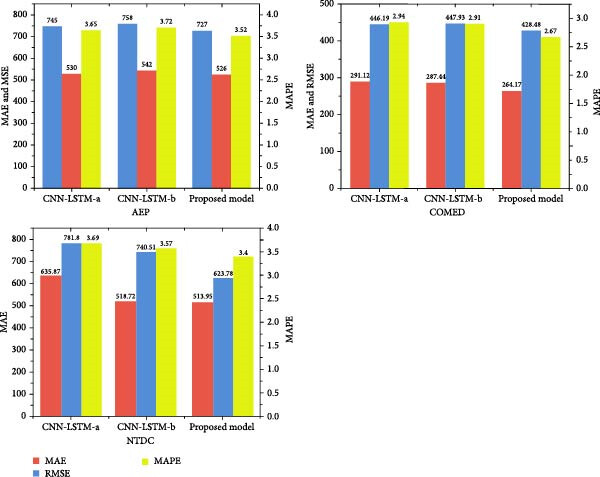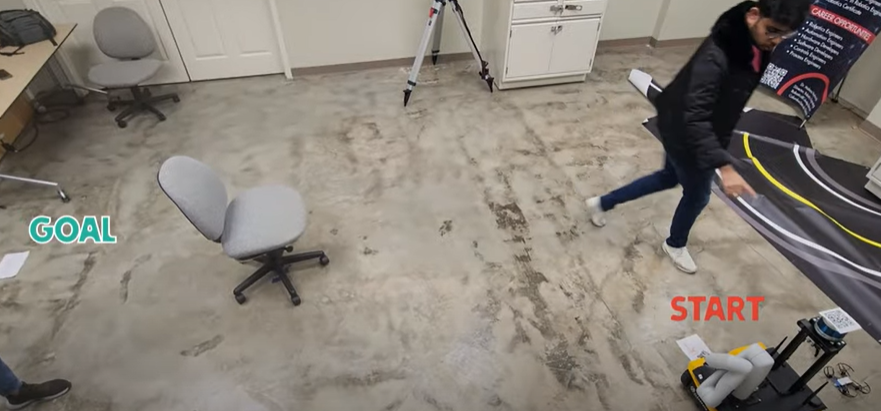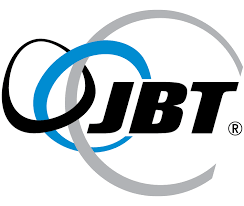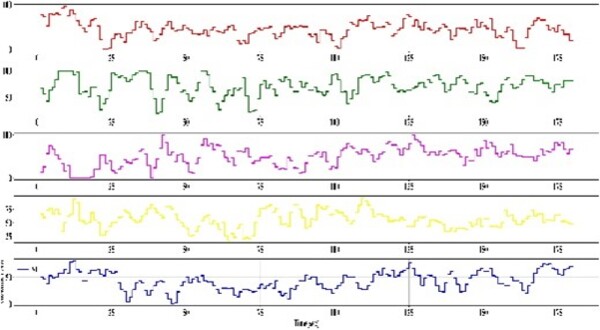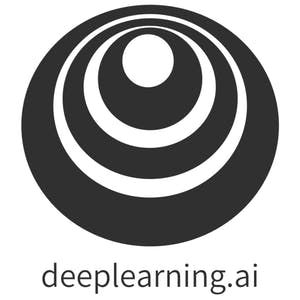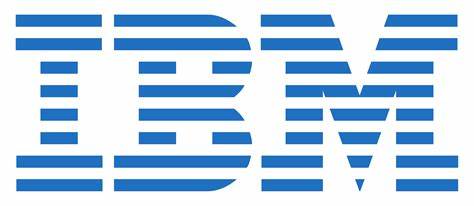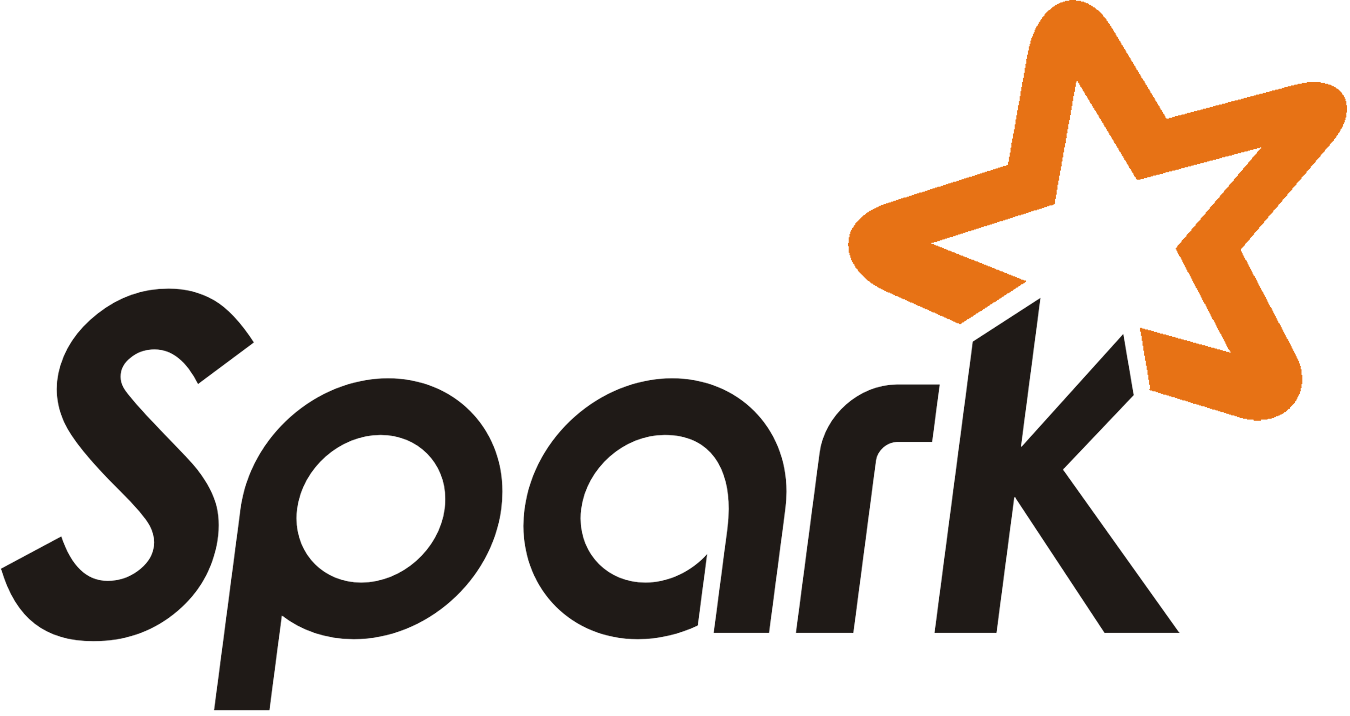Hello I'm
Talha Ejaz
As a System Engineer at JBT Corporation, I deploy AGVs, optimize navigation systems, and enhance performance with AI and ML.
With a full-ride MS in Robotics and a Mechatronics degree, I offer strong expertise in system efficiency. My collaborative
research across various fields and published work in Autonomous Navigation,
Computer Vision, Renewable Energy, and Electric Vehicles highlight my innovative edge in robotics.
View Resume
Experience
- At JBT Automated Systems, I worked as a Robotics System Installation Engineer, where I contributed to research and development initiatives focused on perception, sensor fusion, and control strategies for AGVs. I coordinated testing, installed AGVs and peripheral equipment, optimized mapping and navigation systems, documented system requirements, and provided guidance on system architecture and communication protocols to ensure effective implementation and operational efficiency.
- At Georgia Tech, I worked as a Summer Research intern, focusing on developing Azure-based web applications with advanced GIS and data analysis functionalities, using tools like GeoPandas. My role involved optimizing performance and integrating DevOps practices, alongside leveraging AWS and Kubernetes for efficient deployment.
- At Columbus State University, as a Teaching and Research Assistant, I mentored undergraduate students at Robotics Department provide academic support to faculty, focusing on teaching ROS and Linux. My responsibilities included overseeing students, guiding them in hardware and software concepts, organizing live coding sessions, and DSA coding exams for career development. I also conducted recitations for courses ENGR5238, and managed labs focused on 3D modeling, while mentoring students in these technical areas.
- AI Engineer at Motiventive (remote), I led a team of 3 AI Engineers to develop emotion detection software for improved user engagement. Achieved a 15% processing efficiency boost by implementing precise, optimized image processing algorithms.
- Trainee Engineer at Yunus Textile Mills Ltd., I collaborated with various stakeholders to meet project deadlines. I made data-driven decisions to control costs, presented weekly production reports to the HoD and directors, and offered strategic advice based on my analyses. Additionally, I was involved in troubleshooting and played a crucial role in the installation, erection, and commissioning of machinery for plant expansion projects.
Projects
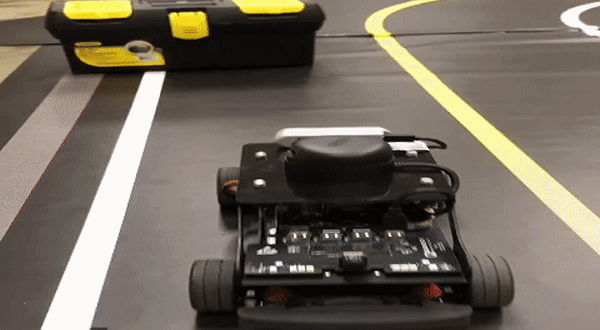
Self Driving Car Using Deep Learning on Quanser Qcar
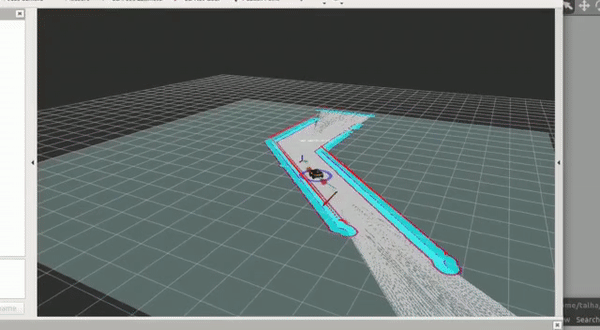
Clearpath Jackal Frontier Exploration SLAM

Indoor Localization with IMU-based Systems using Kalman Filters (KF, EKF, UKF)
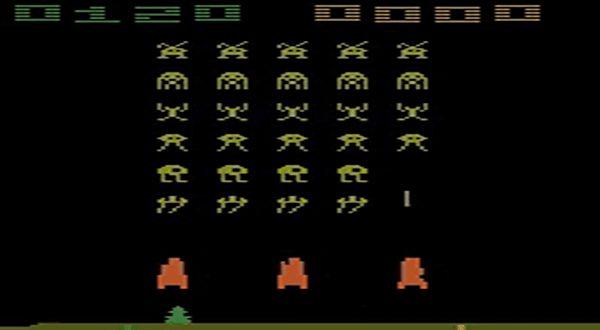
Space Invaders Game using Deep Reinforcement Learning
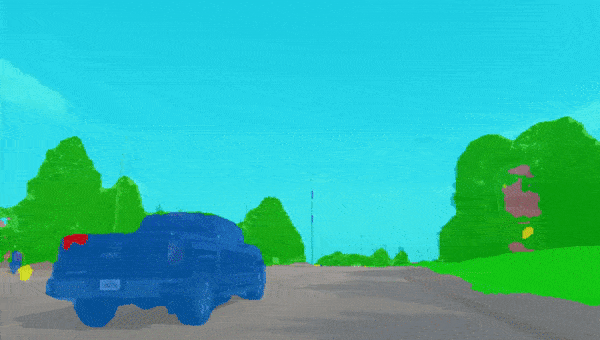
Semantic Segmentation
Publication
